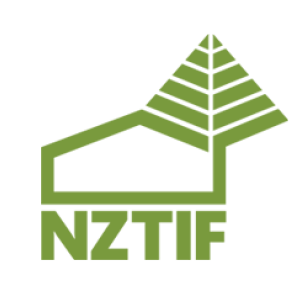US Tariff Policies
The Trump administration’s “Liberation day” on 2 April implemented a comprehensive range of tariffs that will apply to imports into the US of goods from some 168 nations. The rates will range from a base 10% which applies to New Zealand up to 46% on goods imported from Vietnam. (The US has a USD123 billion trade deficit with Vietnam.) This upper rate has now potentially increased to 125% on some products out of China!
The new tariffs are effective from 5 April 2025. It isn’t clear whether these tariffs will be on top of existing tariffs but from opinions we have seen it appears that the base 10% is not additional to existing but in some cases where there are specific tariffs on particular goods such as fentanyl or goods subject to a section 301 tariff, stacking on top will apply. Section 301 are additional taxes and duties applied to imports from nations violating fair trade practices. This section gives the president authority to take appropriate action against discriminatory foreign practices.
The reasons given for the application of the tariffs are to raise revenue to offset planned tax cuts and to encourage manufacturing back into the United States. The Trump administration is of the view that for many years other countries have “ripped off” US manufacturing and business and the tariffs are a tool to redress that.
Previously, at the beginning of March, the tariff on timber (and other goods) imports from Canada was set to be raised to 25%. This duty was to be on top of existing countervailing and anti-dumping duty of 14% on Canadian timber imports. The proposed 25% duty on US imports from Canada was subsequently postponed for a month pending discussions with the Canadian (and Mexican) governments but by the beginning of April it was all on again.
In terms of timber imported into the US including New Zealand’s timber exports to the US the 10% rate will not be applied. This is because timber from all sources is subject to a separate investigation under section 232. Section 232 tariffs are imposed by the US government under the Trade Expansion Act of 1962 to protect national security. These tariffs are applied when excessive foreign imports are deemed to be a threat to US national security. This investigation is understood to be completed in the next 3-4 months and may result in the tariff on New Zealand timber and timber in general imported to the USA being set above the base 10%.
On 8 April, following the 6th annual review by the US Department of Commerce, the countervailing and anti-dumping duty on Canadian timber will rise to 34.45%. The possible impact on Canadian timber exports to the US and the possible diversion of Canadian timber into third country markets where New Zealand timber is shipped remains to be seen.
The situation will also affect a number of members who export to areas such as Vietnam and China where the timber is then re manufactured into items such as furniture and is then exported to the US. Again this is all a very fluid situation which we will try and keep abreast of, but if anyone receives information that may be of use to the wider membership we will happily pass it on.
This is obviously a fast moving area and we will continue to monitor the situation.
